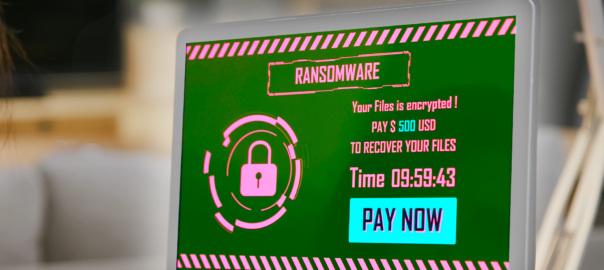There has been a lot of talk recently, about how hackers are leveraging AI to breach businesses. Hackers can sneak their way in more easily with these new algorithms used in social engineering.
Unfortunately, these are no longer just theoretical discussions. We have reached a point where AI-powered data breaches are actually a reality. In fact, they are among the most rapidly growing threats to businesses everywhere. Today, we will talk about some real-life examples of recent data breaches made possible through AI.
TaskRabbit Data Breach
IKEA’s well-known online marketplace TaskRabbit was one of the targets of hackers using AI to breach businesses in April 2018. TaskRabbit’s primary goal is to match freelancers (Taskers) in housekeeping, moving, delivery, and similar industries with local demand (Clients). It operates on a large scale, and when the breach happened, the site had millions of registered users.
The company has found out that over 3.75 million records of Taskers and Clients were affected in the breach. Personal information and financial details were stolen. The website and the mobile app had to be shut down and taken offline for a while as the company dealt with the damage. According to investigations, the distributed denial-of-service, or DDoS, attack used an AI-enabled botnet.
Yum! Brands Data Breach
Yum! Brands, was the victim of hackers using AI to breach businesses in January 2023. Initially, management thought that corporate data was the sole target of the attack, but it turned out that employee information was also compromised. An unidentified malicious actor launched a ransomware attack that led to the breach.
Many ransomware attacks that took place after the creation of AI tools leveraged AI technology to automate decisions on which data to take, as some brought more damage potential to the target business. It proved to be a good tactic, as Yum! was forced to close nearly 300 of their UK branches for several weeks.
AI used to Breach Businesses like T-Mobile
This wireless network operator is no stranger to data breaches, having survived nine separate attacks in the last five years. Early this year, T-Mobile revealed that 37 million of its customer’s records were stolen in a breach that began in November 2022.
According to the company’s AI analysts, the threat actor used an application programming interface or API equipped with AI capabilities and could secure unauthorized access. This ultimately led to the theft and exposure of sensitive client information, including full names, contact numbers, and PINs.
AI used to Breach Businesses like Activision
In December 2023, hackers launched a targeted phishing campaign against Activision, the company that created the Call of Duty games. Hackers used AI to breach businesses like Activision and created the SMS messages used for the phishing attacks, which ultimately proved successful as one HR staff member succumbed to the bait.
But we all know that one click is all it takes because, immediately, the hacker gains access to the complete employee database. This included email addresses, phone numbers, work locations, salaries, and more. However, they were able to find a solution since Activision could find the breach early.
Don’t Be the Next Victim of Hackers using AI to Breach Businesses!
Because of AI tools, data breaches have become much more far-reaching today in terms of business damage as compared to years past. The total cost is also much higher, with an average expense of $4.45 million for each breach. Although hiring an AI cybersecurity expert and upgrading your system would cost money, it wouldn’t come close to the expense of the harm a cyberattack would cause.
The examples above are all real, and as you can see, they have happened to large companies. All these companies thought they had reliable security systems, or so they thought. The point is that any of us, including you, could experience a data breach, especially one that uses AI. To learn more about how hackers use AI technology, download our FREE eBook, “The Growing Role of AI in Security – The Good, the Bad and the Ugly.”
Would you take the risk and just cross your fingers that you don’t become the next victim, or would you take proactive measures right now to boost your defenses and maximize your company’s protection? If you choose the latter, we are here to provide all the services you need. Just contact us so we can make sure your system is safe from AI attacks.



